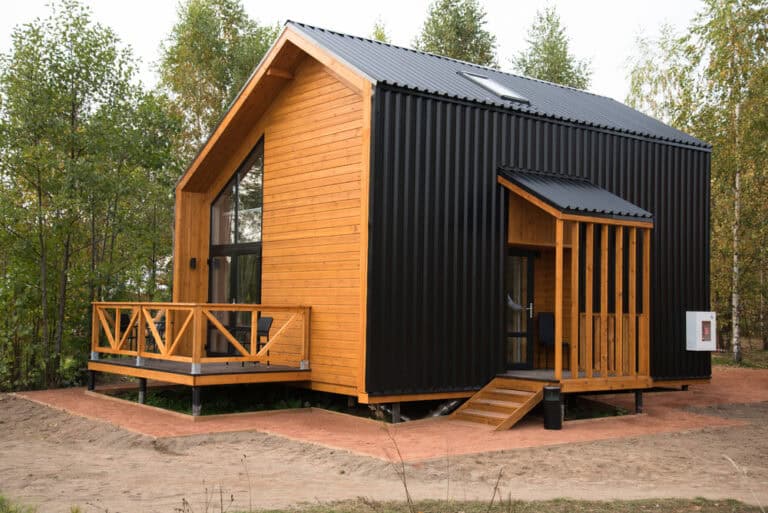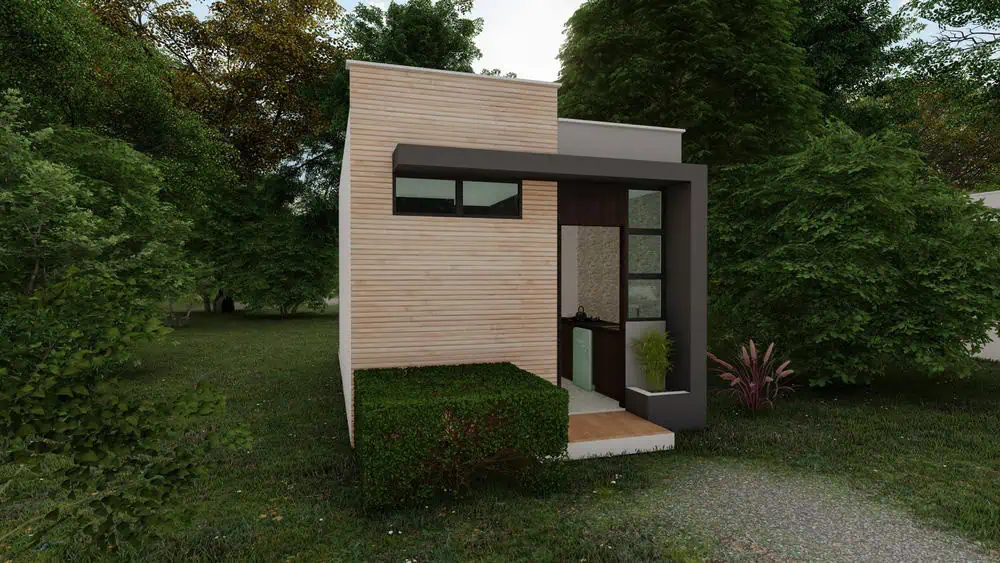ADU Contractors in Mill Valley, CA
View our work
Browse all Services
contact us
ADU Contractors Demystified: How to Choose the Right Partner for Your Project in Mill Valley, CA

Your Trusted ADU Builders in Marin County
At Creekside Pro Construction, we’re dedicated to turning your ADU dreams into reality in Mill Valley, CA. Our expert team specializes in ADU construction, garage-to-ADU conversion, and room addition services. With our commitment to quality craftsmanship and personalized solutions, we’re here to guide you through every step of the process. Don’t wait any longer to unlock the potential of your property with an ADU. Contact our expert ADU contractors in Marin County now at 925-445-7684 and let’s get started!
Experienced Professionals:
Our team consists of seasoned experts with years of experience in ADU construction and conversions.
Transparent Communication:
We prioritize open and honest communication, keeping you informed at every stage of your project.
Customer Satisfaction Guarantee:
Your satisfaction is our top priority. We go above and beyond to ensure your ADU project exceeds your expectations.

Tips to Help You Choose the Best ADU Contractor in Mill Valley, CA
Are you considering adding an Accessory Dwelling Unit (ADU) to your Marin County property? Perhaps you’re thinking about converting your garage into an ADU or exploring room addition services. Whatever your ADU construction needs may be, finding the right ADU contractors can make all the difference. To help point you in the right direction, here are some handy tips to keep in mind when you’re looking for ADU contractors in Mill Valley, CA:
- Expertise in ADU Construction: When selecting ADU builders, it’s crucial to choose a company with a proven track record in ADU construction. At Creekside Pro Construction, we specialize in ADU homes and have completed numerous projects throughout Mill Valley, CA. Our expertise ensures that your ADU project will be completed efficiently and to the highest standards.
- Customized Solutions for Your Needs: Every ADU project is unique, whether it’s a garage to ADU conversion or a new construction. That’s why it’s essential to work with ADU contractors who understand your specific requirements. At Creekside Pro Construction, we take the time to listen to your needs and design customized solutions that meet your budget and timeline.
- Transparent Communication and Pricing: Transparency is key when it comes to ADU construction. Before starting any project, make sure you have a clear understanding of the process, timeline, and pricing. At Creekside Pro Construction, we believe in open communication every step of the way. From the initial consultation to the final walkthrough, we keep you informed and involved in the decision-making process.
- Quality Craftsmanship and Materials: The quality of craftsmanship and materials used in your ADU construction will impact the longevity and value of your investment. When choosing ADU builders, prioritize companies that prioritize quality. At Creekside Pro Construction, we use only the highest quality materials and employ skilled craftsmen to ensure superior results that stand the test of time.
- Local Knowledge and Experience: Building regulations and zoning requirements can vary from one location to another. That’s why it’s essential to work with ADU contractors who are familiar with the local codes and regulations in Mill Valley, CA. As a local company serving Mill Valley County, CA, Creekside Pro Construction has in-depth knowledge and experience navigating the permitting process, ensuring a smooth and hassle-free construction experience for our clients.

For ADU Construction Success, Look No Further than Creekside Pro Construction
Choosing the right ADU contractor is crucial for the success of your project. By following the tips outlined above and partnering with Creekside Pro Construction, you can have peace of mind knowing that your ADU construction project is in expert hands. Contact us today at 925-445-7684 to schedule a consultation and take the first step towards realizing your ADU dreams in Mill Valley, CA.
Have a question?
The first people known to inhabit Marin County, the Coast Miwok, arrived approximately 6,500 years ago. The territory of the Coast Miwok included all of Marin County, north to Bodega Bay and southern Sonoma County. More than 600 village sites have been identified, including 14 sites in the Mill Valley area. Nearby archaeological discoveries include the rock carvings and grinding sites on Ring Mountain. The pre-Missionization population of the Coast Miwok is estimated to be between 1,500 (Alfred L. Kroeber’s estimate for the year 1770 A.D.) to 2,000 (Sherburne F. Cook’s estimate for the same year). The pre-Missionization population of the Coast Miwok may have been as high as 5,000. Cook speculated that by 1848 their population had decreased to 300, and was down to 60 by 1880. As of 2011 there are over 1,000 registered members of the Federated Indians of Graton Rancheria, which includes both the Coast Miwok and the Southern Pomo, all of whom can date their ancestry back to the 14 survivors original tribal ancestors.
In Mill Valley, on Locust Avenue between Sycamore and Walnut Avenues, there is now a metal plaque set in the sidewalk in the area believed to be the birthplace of Chief Marin in 1781; the plaque was dedicated on May 8, 2009. The village site was first identified by Nels Nelson in 1907 and his excavation revealed tools, burials and food debris just beyond the driveway of 44 Locust Ave. At that time, the mound was 20 feet (6.1 m) high. Another famous Mill Valley site was in the Manzanita area underneath the Fireside Inn (previously known as the Manzanita Roadhouse, Manzanita Hotel, Emil Plasberg’s Top Rail, and Top Rail Tavern, most of which were notorious Prohibition-era gin joints and brothels) located near the intersection of U.S. Route 101 and California State Route 1. Built in 1916, the “blind pig” roadhouse was outside the dry limits of the city itself. Shell mounds have been discovered in areas by streams and along Richardson Bay, including in the Strawberry and Almonte neighborhoods.
Beginning with the foundation of Mission San Francisco de Asís, commonly known as Mission Dolores, in 1776, the Coast Miwok of southern Marin began to slowly enter the mission, first those from Sausalito followed by those from areas now known as Mill Valley, Belvedere, Tiburon and Bolinas. They called themselves the “Huimen” people. At the mission they were taught the Catholic religion, lost their freedom, and three quarters died as a result of exposure to European diseases. As a result of the high death rate at Mission Dolores it was decided to build a new Mission San Rafael, built in 1817. Over 200 surviving Coast Miwok were taken there from Mission Dolores and Mission San Jose, including the 17 survivors of the Huimen Coast Miwok of the Richardson Bay Area. California Missions.
Learn more about Mill Valley.

